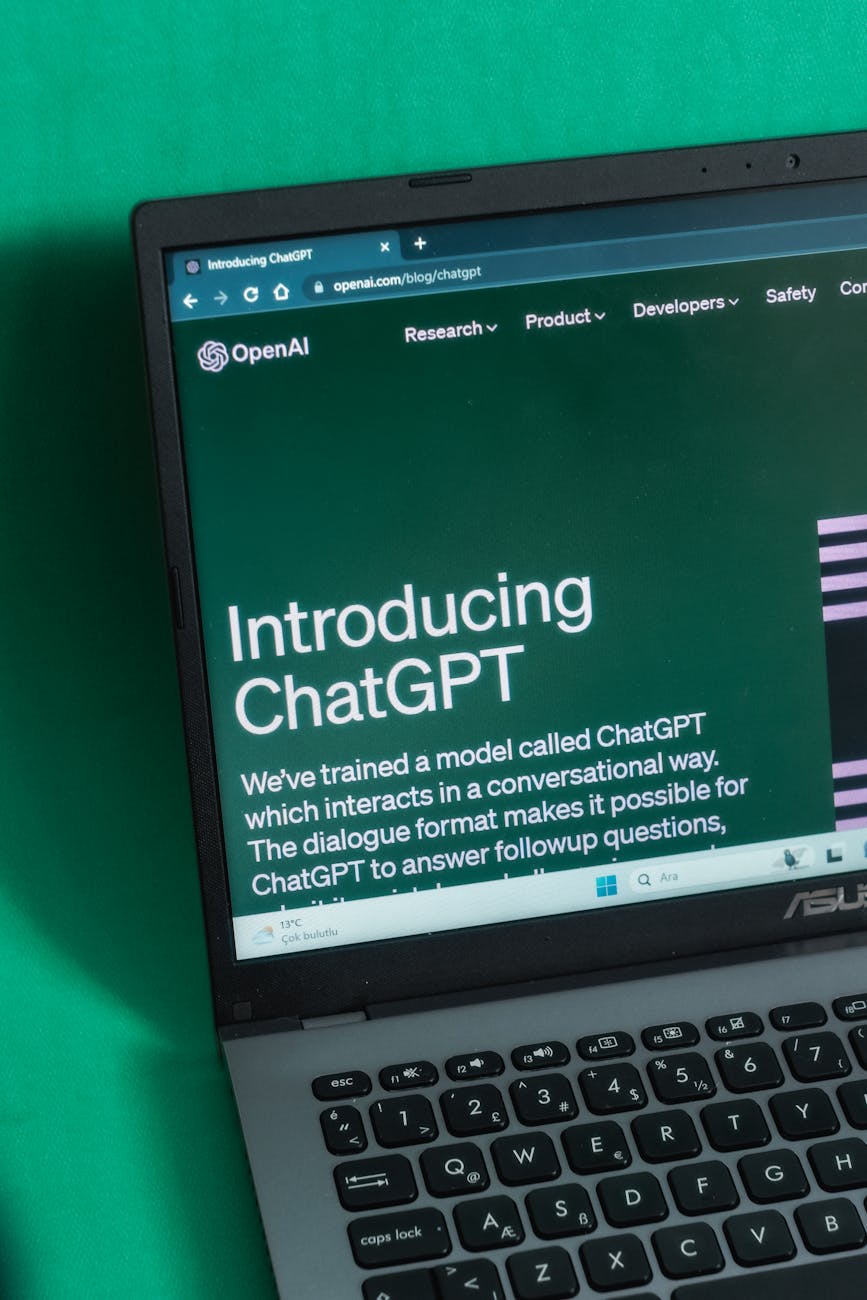Europe’s Quiet Gambit: A United Front Emerges in Washington for Ukraine’s Future
European leaders seek to solidify their indispensable role in the ongoing Ukraine crisis, presenting a unified front to President Trump and the international community.
Introduction
In a carefully orchestrated display of solidarity and strategic intent, a delegation of seven European leaders accompanied Ukrainian President Volodymyr Zelenskyy to a recent gathering at the White House, engaging in what has been described as a business-like discussion with President Donald Trump. This high-level engagement was more than a courtesy visit; it represented a concerted effort by European nations to assert their continued relevance and influence in the protracted conflict in Ukraine. The summit aimed to showcase a united European front, signaling to the United States and the world that Europe is a pivotal player whose voice on the Ukraine issue can no longer be easily dismissed or sidelined. This article will delve into the nuances of this European diplomatic maneuver, exploring its historical context, the motivations behind it, the potential implications, and the broader landscape of international relations concerning Ukraine.
Context & Background
The war in Ukraine, ignited by Russia’s full-scale invasion in February 2022, has presented a profound geopolitical challenge that has reshaped European security architecture and strained transatlantic relations. Initially, the response from many European nations was characterized by a degree of fragmentation and reliance on American leadership. However, as the conflict has endured, a growing recognition of shared vulnerability and a collective commitment to supporting Ukraine have emerged. This evolution has been driven by several factors:
- Geographic Proximity and Direct Impact: For many European countries, particularly those bordering Ukraine, the war represents a direct threat to their security and stability. The influx of refugees, the disruption of energy supplies, and the potential for wider regional escalation have underscored the immediate and tangible consequences of the conflict.
- Economic Interdependence: Europe’s deep economic ties with both Ukraine and Russia, particularly in the energy sector, have made it a significant stakeholder in the conflict’s outcome. Sanctions imposed on Russia and the disruption of trade routes have had substantial economic repercussions across the continent.
- Shifting Perceptions of Russian Intent: The scale and brutality of Russia’s aggression have dispelled many long-held assumptions about Moscow’s intentions and its commitment to international norms. This has led to a recalibration of defense policies and a renewed emphasis on collective security within Europe.
- American Leadership and Burden-Sharing: While the United States has been a leading provider of military and financial aid to Ukraine, there has been a consistent dialogue within Europe about the need for greater burden-sharing and for Europe to develop its own strategic autonomy in security matters. The White House visit can be seen as an attempt to demonstrate this growing European capacity and willingness to shoulder responsibility.
The presence of seven European leaders alongside President Zelenskyy was a deliberate statement of unity. While the exact composition of the delegation would provide specific insights into which nations are at the forefront of this initiative, the act of presenting a collective front is strategically significant. It contrasts with any potential narratives that might seek to portray European support as fractured or wavering.
In-Depth Analysis
The decision by European leaders to accompany President Zelenskyy to the White House underscores a strategic maturation in their approach to the Ukraine crisis. It signifies a move from a reactive stance to a more proactive and assertive diplomatic posture. The “business-like gathering” suggests a focus on concrete outcomes and a desire to engage directly with the American administration on specific policy objectives.
Several key objectives likely drove this coordinated European effort:
- Reinforcing the Narrative of European Commitment: By presenting a united front, the European leaders aimed to counter any perception that their commitment to Ukraine might be waning, especially as the war enters a prolonged and potentially attritional phase. This demonstration of resolve is crucial for maintaining Ukrainian morale and deterring further Russian aggression.
- Advocating for Continued and Coordinated Aid: The presence of these leaders provided an opportune moment to advocate for sustained and possibly increased military, financial, and humanitarian assistance to Ukraine. A unified European voice can carry more weight in Washington, particularly when seeking alignment on aid packages and sanctions strategies. This would also involve discussions on the types of weaponry and support that are most effective in the current phase of the conflict.
- Shaping the Agenda on Ukraine’s Future: Beyond immediate wartime support, European nations have a vested interest in Ukraine’s post-war reconstruction and its long-term integration into European structures. This gathering likely served as a platform to discuss these future-oriented aspects, emphasizing the shared responsibility for rebuilding Ukraine and ensuring its security and prosperity.
- Asserting European Agency in Security Matters: The European contingent sought to solidify their role as indispensable partners, not merely recipients of American directives or allies of convenience. By demonstrating their capacity to mobilize, coordinate, and articulate a common position, they aimed to enhance Europe’s standing as a significant global actor with its own distinct interests and capabilities in the broader European security context. This could include discussions on how Europe can further bolster its own defense capabilities and contribute more significantly to regional security architecture independently of, but in coordination with, the United States.
- Leveraging the “Trump Factor”: Engaging with President Trump specifically, given his past rhetoric and transactional approach to foreign policy, required a carefully crafted strategy. The European leaders likely sought to present a compelling case for continued engagement and support by framing it in terms of mutual benefit, burden-sharing, and the stabilization of a critical region. Demonstrating a united European front can be particularly effective in such a context, as it presents a less fragmented and potentially more predictable partner.
The summary highlights that this engagement was “business-like,” suggesting a pragmatic approach focused on tangible outcomes rather than purely symbolic gestures. This implies that specific proposals or requests were likely put forward, aiming to elicit concrete commitments or policy adjustments from the Trump administration.
Furthermore, the phrase “henceforth can’t be easily ignored” speaks to a strategic ambition to permanently elevate Europe’s role in discussions concerning Ukraine. This is not just about the current conflict, but about establishing a precedent for future engagement and decision-making processes where European perspectives are integral.
Pros and Cons
The European initiative to present a united front at the White House regarding Ukraine carries both significant advantages and potential drawbacks.
Pros:
- Enhanced Diplomatic Clout: A unified European voice is inherently more persuasive and influential than individual national appeals. This collective approach can amplify their message in Washington, increasing the likelihood of their concerns and proposals being seriously considered. NATO’s emphasis on consultation and collective decision-making underscores the power of a united alliance.
- Demonstration of European Solidarity: The visible display of unity reinforces the narrative of European solidarity and commitment to shared values and security interests. This can boost morale among allies, including Ukraine, and send a strong signal to adversaries about the resolve of the Western coalition.
- Efficient Use of Diplomatic Capital: By coordinating their efforts, European leaders can avoid duplicating messages and ensure a more efficient use of diplomatic capital. This allows for a more focused and impactful engagement with the US administration.
- Strengthening European Strategic Autonomy: This proactive engagement can be seen as a step towards greater European strategic autonomy. By taking a more active role in shaping the response to the Ukraine crisis, Europe demonstrates its capacity to act independently and lead on critical security issues, even while collaborating with allies. This aligns with the European Union’s Strategic Compass, which outlines a vision for enhanced security and defense capabilities.
- Facilitating Coordinated Aid and Reconstruction Efforts: A united front can streamline the process of coordinating military, financial, and humanitarian aid to Ukraine. It can also lay the groundwork for more effective and coordinated post-war reconstruction efforts, ensuring that European contributions are aligned and impactful.
Cons:
- Risk of Internal Disagreements: While the aim is unity, underlying national interests and differing perspectives within Europe can still create friction. Any perceived cracks in this united front could weaken their collective leverage. Maintaining this unity over the long term will require continuous diplomatic effort.
- Dependence on US Response: Despite Europe’s efforts to assert its role, the ultimate effectiveness of their mission will still depend significantly on the US administration’s willingness to engage and respond positively to their proposals, particularly within the context of the specific administration in power. The dynamics of transatlantic relations are complex and can be influenced by various factors.
- Potential for Misinterpretation: A strong European push could be misinterpreted by some as an attempt to sideline the US or as a sign of European overreach, potentially leading to unintended friction within the broader alliance.
- Resource Constraints: While Europe is committed, the scale of the challenge in Ukraine may still necessitate significant contributions from the United States. Europe needs to demonstrate that it can also significantly bolster its own defense spending and capabilities to truly share the burden. SIPRI data on military expenditure illustrates the evolving landscape of European defense.
- The Challenge of Long-Term Commitment: Maintaining consistent political will and public support for a protracted and costly engagement in Ukraine can be challenging for European governments, especially in the face of domestic economic pressures and evolving public opinion.
Key Takeaways
- European leaders met with President Trump alongside President Zelenskyy to present a united front on the Ukraine issue.
- The initiative aims to solidify Europe’s role as an indispensable party in discussions concerning Ukraine.
- This is a strategic move by European nations to assert their influence, advocate for continued aid, and shape the future of Ukraine.
- The “business-like” nature of the gathering suggests a focus on concrete outcomes and policy objectives.
- The European effort highlights a growing emphasis on burden-sharing and European strategic autonomy within the broader transatlantic alliance.
- Maintaining European unity and securing a receptive response from the US administration are critical factors for the success of this initiative.
- The long-term commitment to Ukraine’s security and reconstruction remains a key focus for European nations.
- This diplomatic push seeks to ensure that European perspectives are integral to future decision-making processes regarding Ukraine. Analysis from the Atlantic Council often explores these themes of burden-sharing and European leadership.
Future Outlook
The impact of this European diplomatic initiative on the future of Ukraine and transatlantic relations remains to be seen, but several potential trajectories can be anticipated. The immediate aftermath will likely involve assessing the reception of their message by the Trump administration and observing any concrete policy shifts or commitments. If the engagement proves fruitful, it could lead to a more integrated and coordinated approach to Ukraine among European nations and with the United States, potentially reinforcing the alliance’s resolve.
Conversely, if the response is lukewarm or if internal European disagreements resurface, the initiative might have less impact than intended. The long-term success will depend on Europe’s ability to sustain its unity, bolster its own defense capabilities, and effectively demonstrate its commitment to Ukraine’s sovereignty and territorial integrity. The war’s ongoing nature means that diplomatic efforts will need to be sustained and adaptable. European nations may increasingly take the lead in specific areas of support, such as reconstruction, humanitarian aid, and diplomatic initiatives, while continuing to coordinate closely with the US on security and sanctions.
Moreover, this push could influence the broader debate on European security architecture. It may accelerate efforts to strengthen the European Union’s Common Security and Defence Policy (CSDP) and enhance the role of the European Defence Agency (EDA). The war in Ukraine has already served as a catalyst for increased defense spending and strategic reassessment across Europe, and this coordinated diplomatic effort could further solidify these trends.
The engagement with President Trump also presents a unique dynamic. His administration’s approach to alliances and international commitments has often been viewed as transactional. Therefore, the European leaders’ strategy likely focused on demonstrating the strategic and economic benefits of continued robust support for Ukraine and the importance of a stable European continent for broader global security and US interests. The success of this approach will hinge on effectively communicating these benefits in a manner that resonates with the administration’s priorities.
Ultimately, this European gambit is not just about Ukraine; it is about Europe’s evolving role on the global stage and its determination to be a more self-reliant and influential actor in shaping its own security environment. The long-term outlook will be shaped by the extent to which Europe can translate this visible unity into sustained action and impactful policy, both domestically and in its relationships with global partners.
Call to Action
The strategic positioning of European nations in the context of the Ukraine war highlights the critical need for continued engagement and support from all stakeholders. Citizens across Europe and the United States, as well as the international community, should remain informed and actively participate in discussions surrounding the ongoing conflict and its implications for global security. Staying abreast of developments through reputable news sources, engaging in informed debate, and advocating for policies that promote peace, stability, and humanitarian assistance are crucial.
For policymakers, the continued emphasis on unity and burden-sharing is paramount. This involves not only financial and military aid but also diplomatic leadership, humanitarian assistance, and support for Ukraine’s reconstruction and integration into democratic structures. Investing in robust diplomatic channels and fostering a collaborative approach among allies are essential to navigating the complexities of this protracted crisis.
Furthermore, it is vital to support organizations and initiatives that are providing direct assistance to Ukraine and to advocate for policies that uphold international law, human rights, and democratic values. The long-term commitment to Ukraine’s sovereignty and territorial integrity requires sustained effort and a shared vision for a secure and prosperous future for the region.
As Europe asserts its role, it is imperative that these efforts are transparent and accountable. Public scrutiny and engagement are vital to ensuring that diplomatic initiatives are effective and aligned with the broader goals of peace and security. Citizens are encouraged to familiarize themselves with the work of organizations such as the United Nations in Ukraine and to consider supporting their efforts. Understanding the strategic nuances and the shared responsibility in addressing this critical geopolitical challenge is a collective endeavor that requires ongoing attention and commitment from all.









